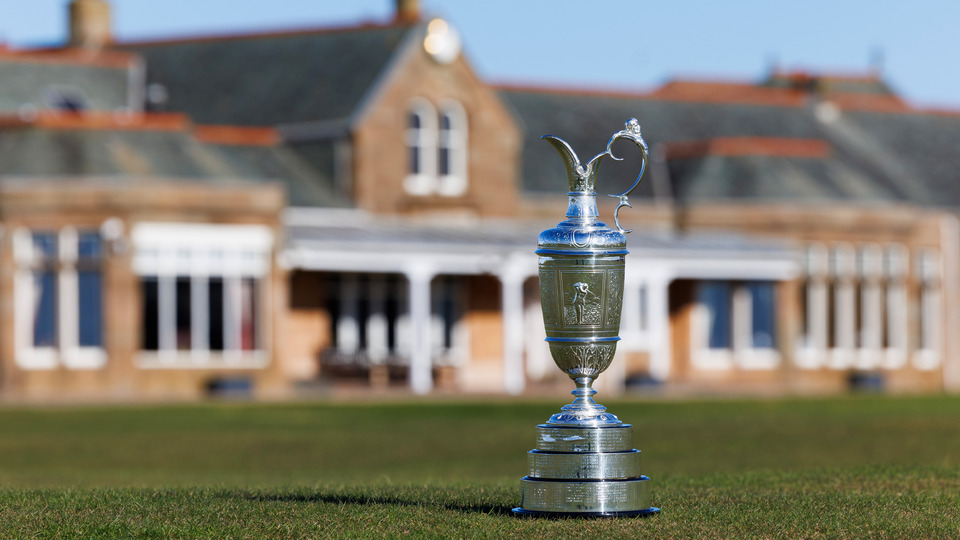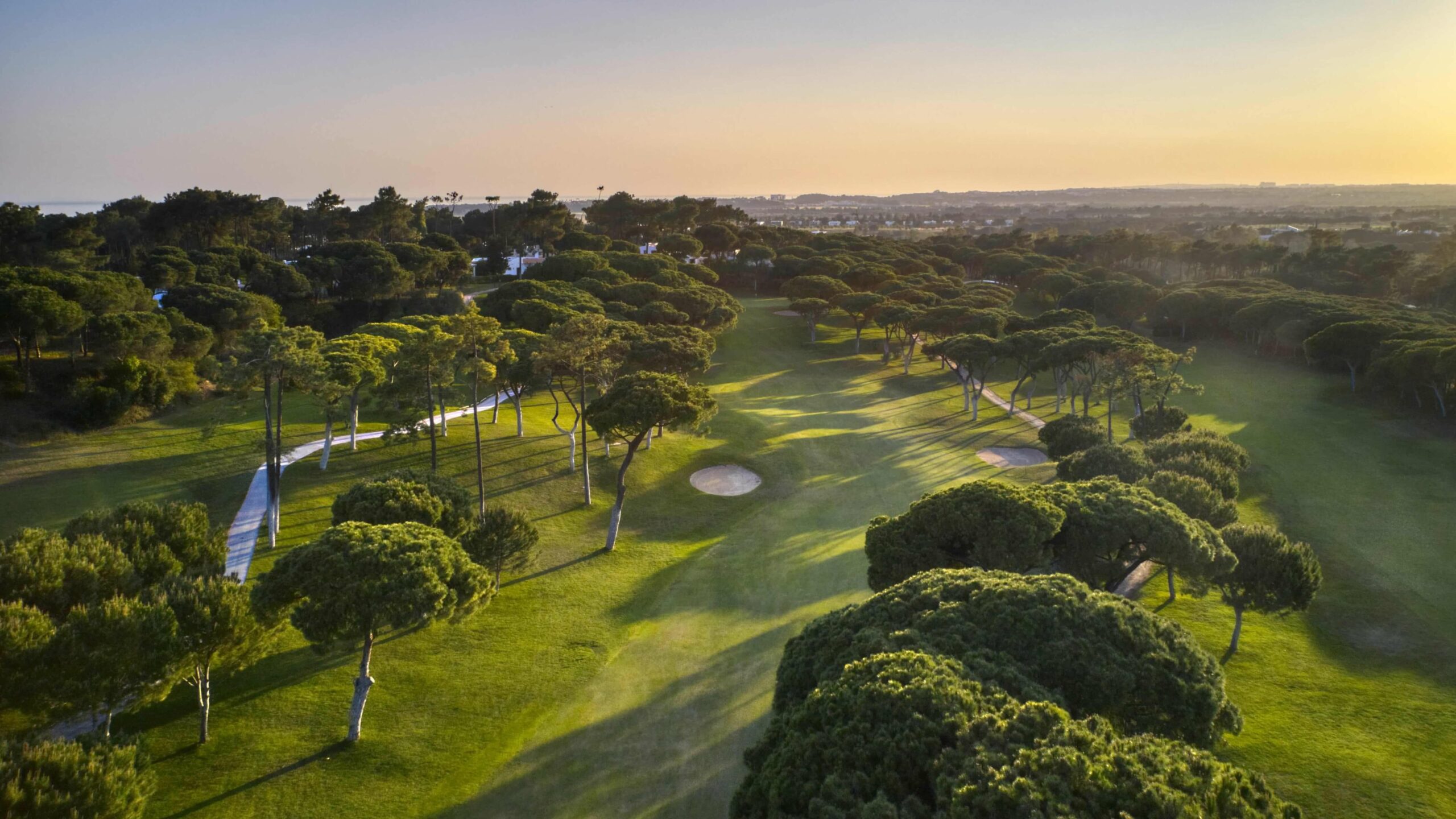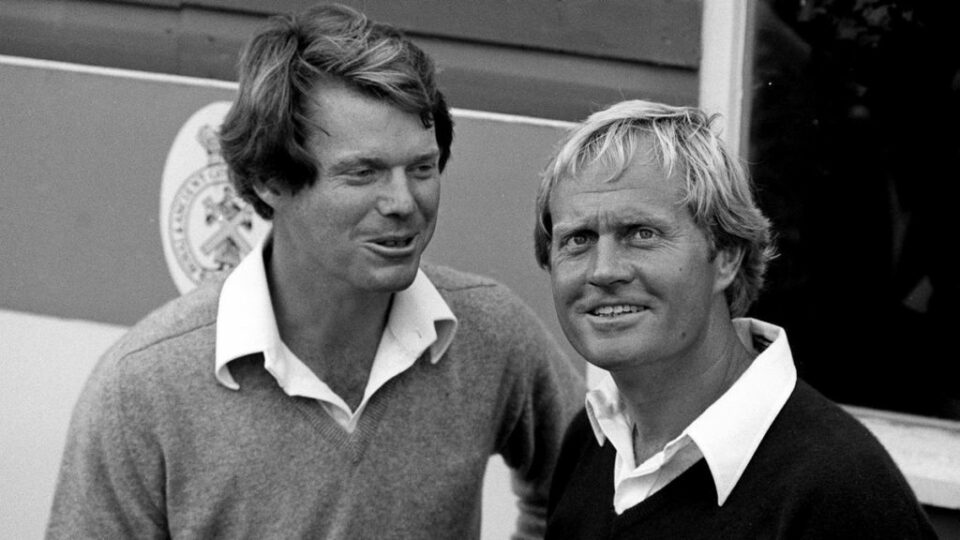Estimated reading time: 4 minutes
As the LIV Golf saga rumbles on, it increasingly seems the biggest potential impediment to it flourishing (if that is the correct word) any further might be the fact that until at least the beginning of 2024 its tournaments will likely be unable to carry points on the Official World Golf Ranking (OWGR), the chief means by which, inter alia, players qualify for the tournaments they most want to compete in, notably the four major championships. Last week, Greg Norman, chief executive of LIV Golf, said his tournaments should be eligible to award points “by any fair, objective and impartial review” and if something was not done about it soon “the rankings will become even more inaccurate, with many of the LIV Golf players having lower rankings than they are entitled to”. Peter Dawson, chairman of the OWGR, sounds considerably in less of a hurry, saying a consultation and scrutiny process has only just got underway.
How did this system ever come into being? The answer is Mark McCormack. McCormack, who died in 2003 at the age of 72, was the founder of the International Management Group (IMG). His first three clients were Arnold Palmer, Gary Player and Jack Nicklaus (the original ‘Big 3’). His business expanded into many other areas; he effectively invented the concept of sports marketing. But going back to his roots, beginning with reference to the 1966 season, he published a comprehensive results-based annual, The World of Professional Golf. Therein he created what would become the Official World Golf Ranking.
This first appeared in the third edition of the book, in 1968. He explained: “I am going to attempt to answer the great bar, pub, tavern and grill-room question that the game poses: who are the 25 best players today, and in what order can they be ranked?” Over some 500 words or so he explained his points system, a method which found the top-5 golfers in the world (in order) to be Nicklaus, Palmer, Billy Casper, Player and Bob Charles. It would have been hard to argue with that but over the years his idea was routinely denigrated by a multitude of naysayers, usually on the nonsense basis that it favoured his clients. But by 1986 his concept –“a computerized refinement of a system which I began publishing” – had become sponsored by the Sony Corporation and the Sony Ranking (as it was then called) had been sanctioned by the R&A. The top-5 golfers by now were Greg Norman, Bernhard Langer, Seve Ballesteros, Tsuneyuki Nakajima and Andy Bean. (I’m guessing Andy would not have been your pick as the only American to make that list?)
Ten years later, McCormack would write: “Greg Norman of Australia remained No. 1 through 1996, ending the year with a record 84 weeks at the fore, three weeks more than Nick Faldo held that position in 1992-4.” It seems somewhat ironic that the system McCormack invented might provide the killer blow to Norman’s baby. The top-5 at the end of that season were Norman, Tom Lehman, Colin Montgomerie, Ernie Els and Fred Couples. Faldo was sixth, but he had enjoyed the considerable consolation of winning the 1996 Masters as Norman’s game unravelled that extraordinary Sunday at Augusta. By the time of the 1997 Masters we had Tiger Woods to consider and nothing would be the same again.
It may turn out the emergence of LIV Golf is the biggest deal that’s happened to men’s professional golf since the day in 1996 that Tiger turned pro – if not in the same way. On the other hand, over time it might prove to be only one huge hiccup. LIV Golf has not been going long enough yet for its events to attract ranking points, its fields of 48 are way below the required standard size of 75, and its tournaments do not include a cut, all of which could ultimately prove to be stumbling blocks too many for even the Saudi billions to overcome. If so, history may put that down to Mark McCormack.
You can follow Robert Green on Twitter @robrtgreen and enjoy his other blog f-factors.com plus you can read more by him on golf at robertgreengolf.com



